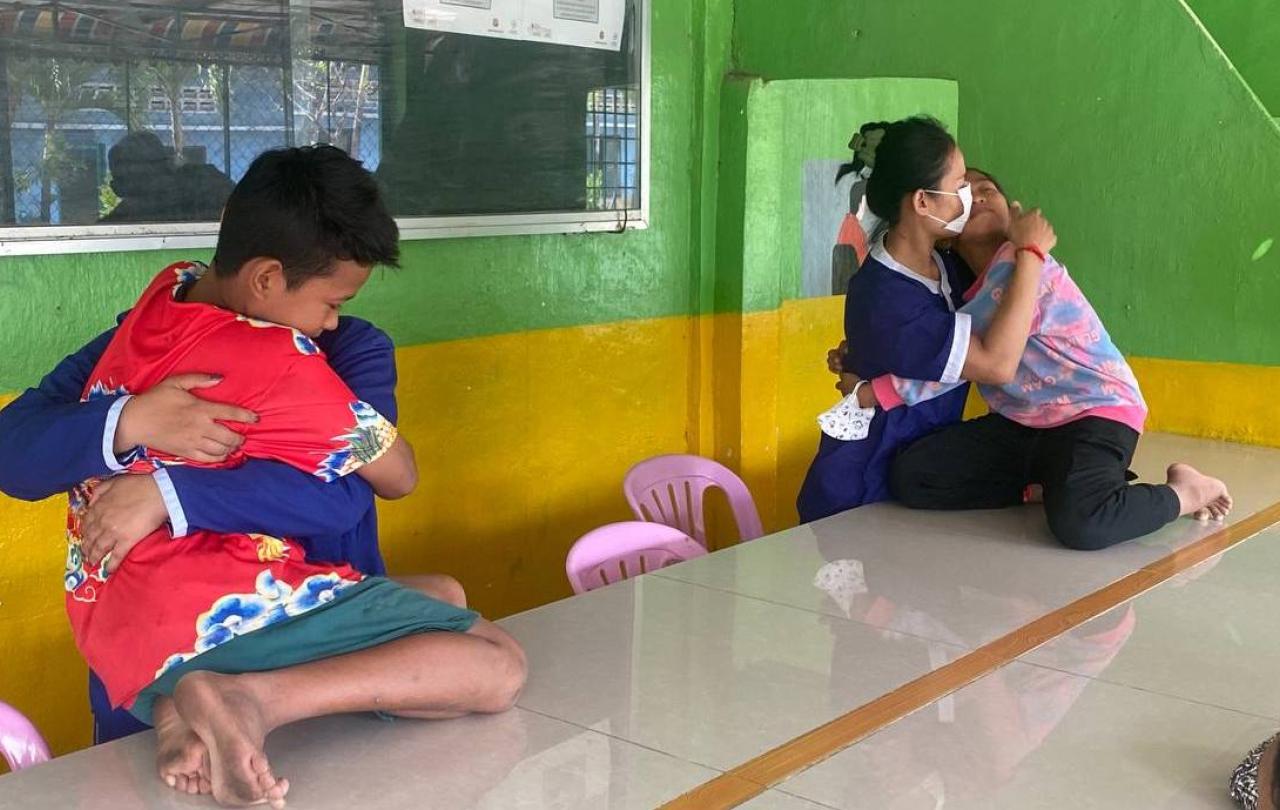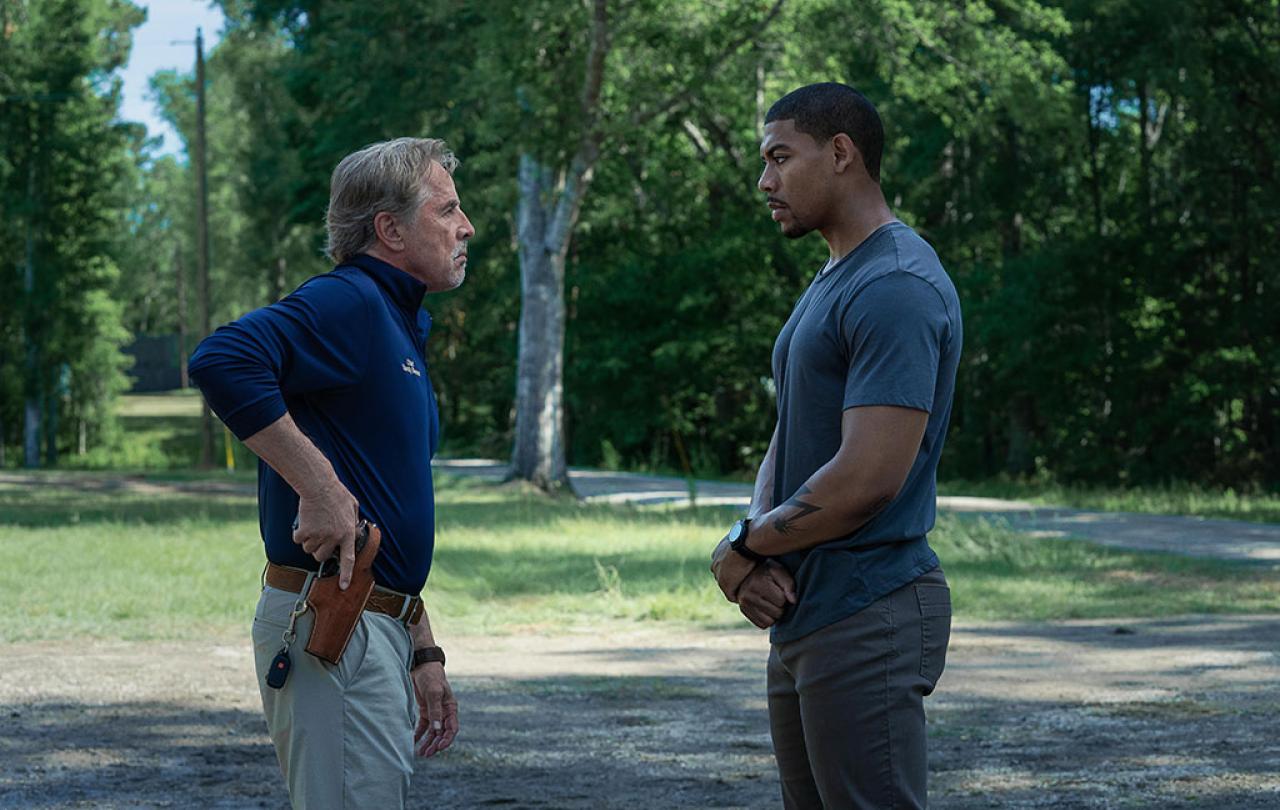
It was my mother who first sparked my curiosity about engaging with prisoners. As a volunteer prison counsellor, she held bi-weekly meetings with incarcerated individuals, listening to their stories, struggles, and moments of hope. Over family dinners, she would share the situations these people found themselves in and how counseling was breaking through the emotional walls they had built around themselves.
However, for most of my life, such a prison ministry was never something I considered pursuing – certainly not as my career. I’m a Christian and a verse from the Bible had guided me through life:
“For I was hungry, and you gave me something to eat, I was thirsty, and you gave me something to drink…I was in prison, and you came to visit me.”
The last part of that verse was the one I had often skipped over.
Four years ago, this verse resurfaced in my life and this time, it wouldn’t let go. I was convicted of how I, and much of society, including the church, have often overlooked this desperate need within our communities.
That conviction led me to work at Prison Fellowship International (PFI). I work alongside others who believe in redemption and grace for those the world has forgotten.
PFI is a movement of more than 120 partner prison ministries worldwide working to restore the lives of those impacted by crime. It does that by sharing the Christian Gospel and God’s love with prisoners and protecting their children from increased risks of trafficking, child labor or following in their parent’s footsteps.
As I’ve walked this road, I’ve realized why caring about prisoners matters. It’s not just a good deed, but a vital part of caring for the least and forgotten in our society. Here are four truths that have shaped my thinking.
Compassion looks past the crime to the person
In a world that often defines people by their worst mistakes, compassion calls us to look deeper. Many individuals behind bars have been shaped by lives of poverty, trauma and injustice who made poor decisions. In places like Sri Lanka and Nepal, I’ve encountered people imprisoned for stealing food to provide for their families living in desperate poverty. These stories reveal a wider context of inequality, where systemic injustices and lack of access to healthcare, education, or employment drive people towards choices they might not otherwise make.
While I do not excuse nor diminish the harm caused by crime, we must hold space for both justice and mercy. We must choose to see beyond someone's crime and into their heart to recognize their humanity and believe in the possibility of restoration – for them as an individual, for the victim and for our communities as a whole.
Families are the silent, forgotten victims
When someone goes to prison, it’s not only the individual who suffers; their families, especially children, often quietly bear the weight of that loss. I recently met 11-year-old Su Lin in Cambodia. Her dad is imprisoned, and her mother left the family in the care of their grandmother. When the burden of caring for them became too great, Su Lin’s brothers were put up for adoption. She doesn’t know if or when she’ll see her father again or whether her mum will ever return.
Her story is heartbreaking, but just one of millions. Around the world, children of prisoners are shunned by their community for crimes they did not commit and left isolated in cycles of poverty, trauma and often, generational crime.
Daily, I have the privilege of working with PFI’s network to support children like Su Lin, but so many more slip through the cracks. When we forget prisoners, we also abandon their families, the silent victims who deserve care, hope, dignity, and a chance at a brighter future.
True justice restores, not just punishes
I’ve seen first-hand how forgiveness, accountability, and a path to restoration can heal not just prisoners, but entire communities. In the Solomon Islands, a culture deeply rooted in a strong, connected community, this type of redemption is being lived out.
There, before prisoners are eligible for parole, they are invited to participate in Sycamore Tree Project, a PFI program that aims to foster healing and reconciliation through restorative efforts. When all parties are ready, local religious leaders facilitate a reconciliation meeting between the offender and victim, often joined by their families and community leaders. These difficult yet grace-filled conversations lead to healing, accountability, and forgiveness.
Our findings have been powerful: reoffending rates in these communities have dropped dramatically. This is what radical reconciliation looks like – messy and challenging, but life-changing.
Faith calls us to love the forgotten
At the heart of faith is a call to love those whom the world has cast aside, including those behind bars, so often labelled unworthy and left behind. With many correctional systems still prioritizing punitive justice, I believe we are called to deeply reckon with how we can advocate for grace in a society focused on punishment.
Prisoners are not beyond hope. Their families are not invisible. Their futures are not sealed. Together, we can bring light into the darkest places in our communities and societies. In doing so, we discover the depth of true, lasting justice and mercy.
Support Seen & Unseen
Since Spring 2023, our readers have enjoyed over 1,000 articles. All for free.
This is made possible through the generosity of our amazing community of supporters.
If you enjoy Seen & Unseen, would you consider making a gift towards our work?
Do so by joining Behind The Seen. Alongside other benefits, you’ll receive an extra fortnightly email from me sharing my reading and reflections on the ideas that are shaping our times.
Graham Tomlin
Editor-in-Chief





